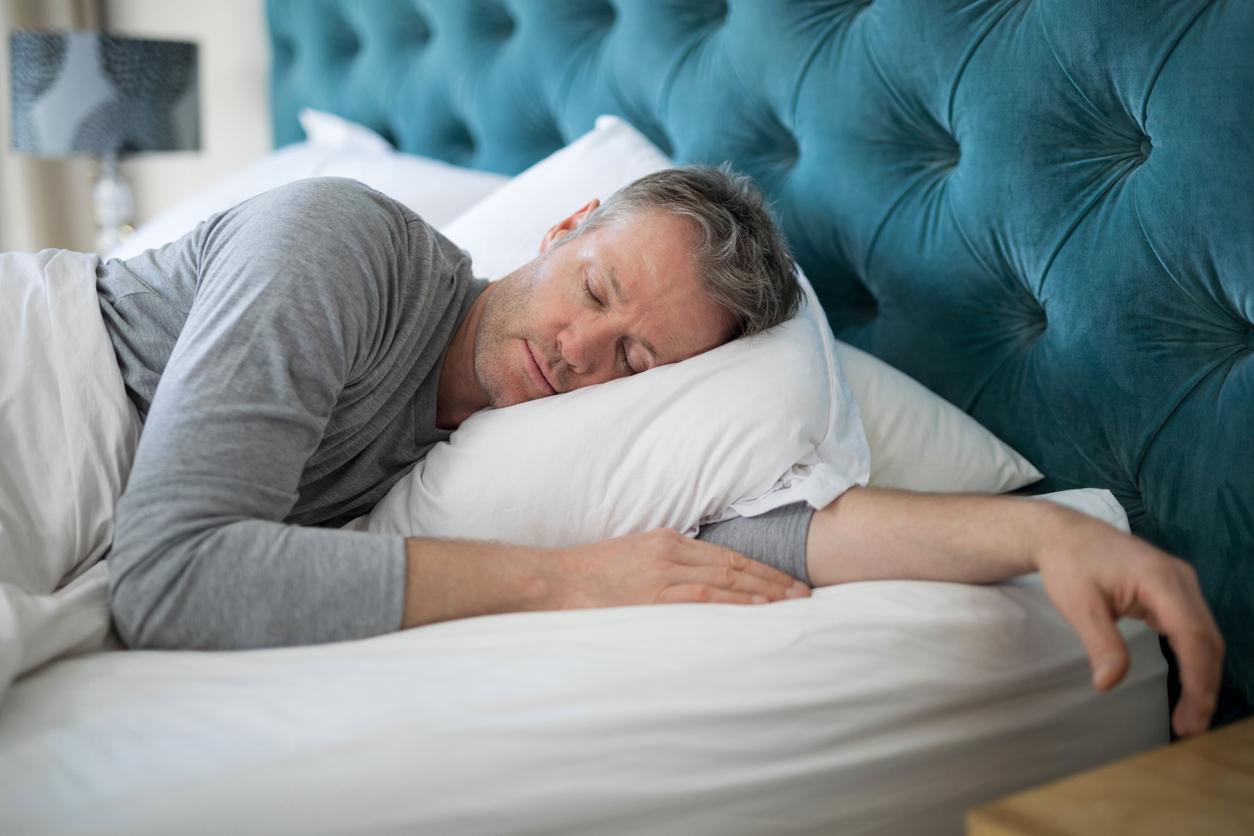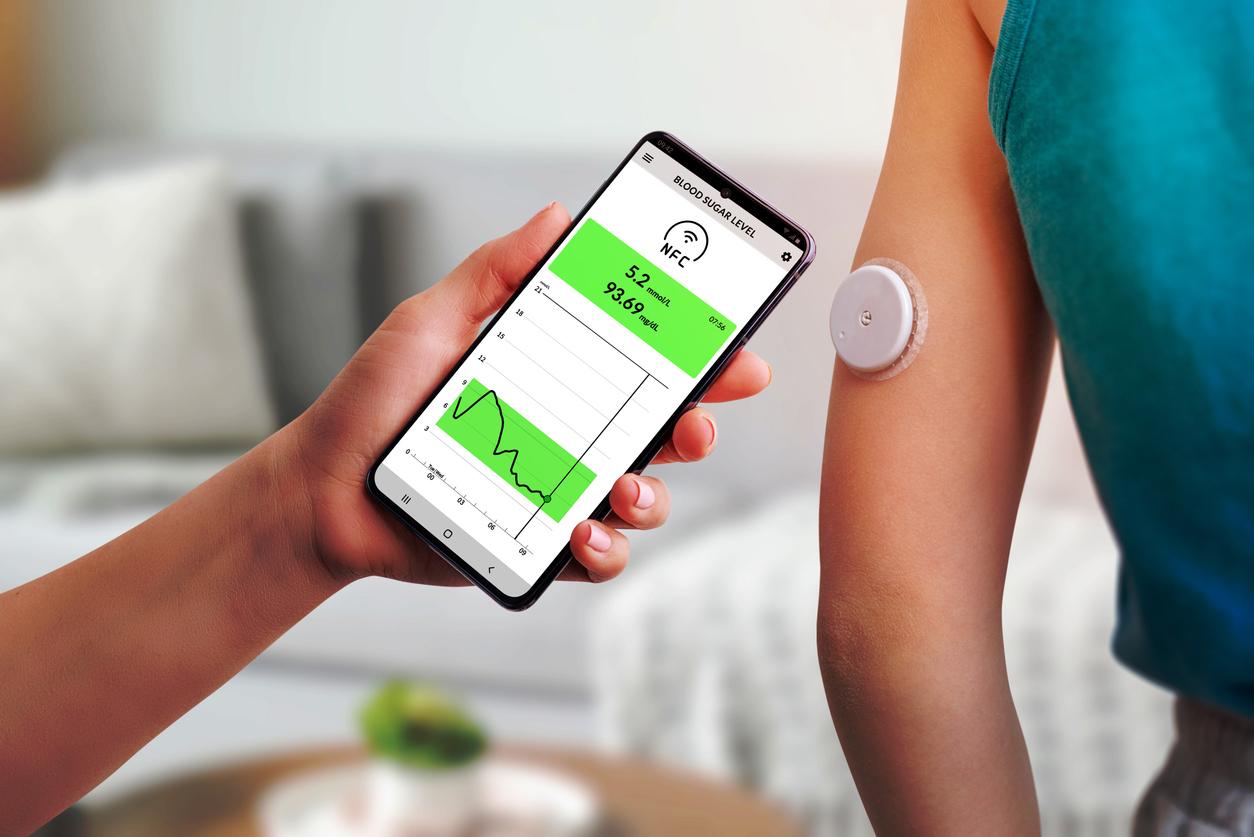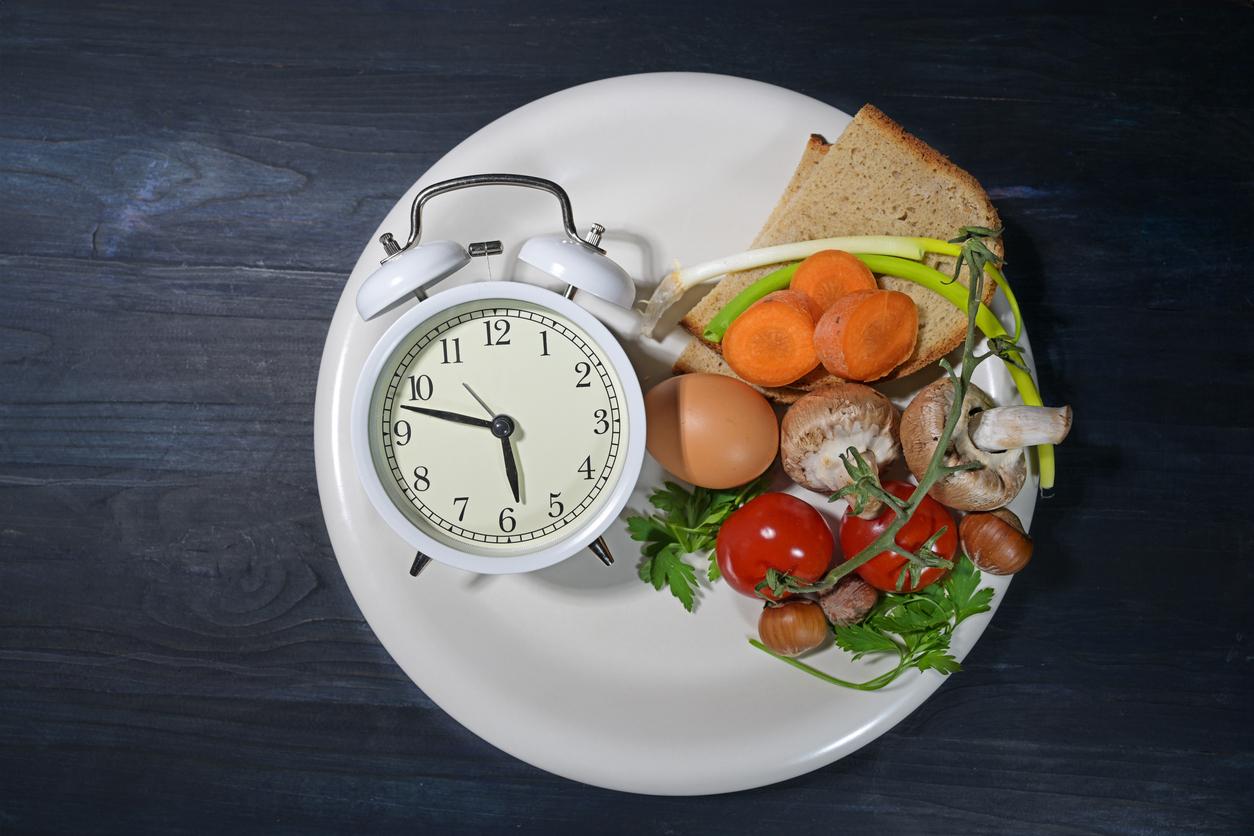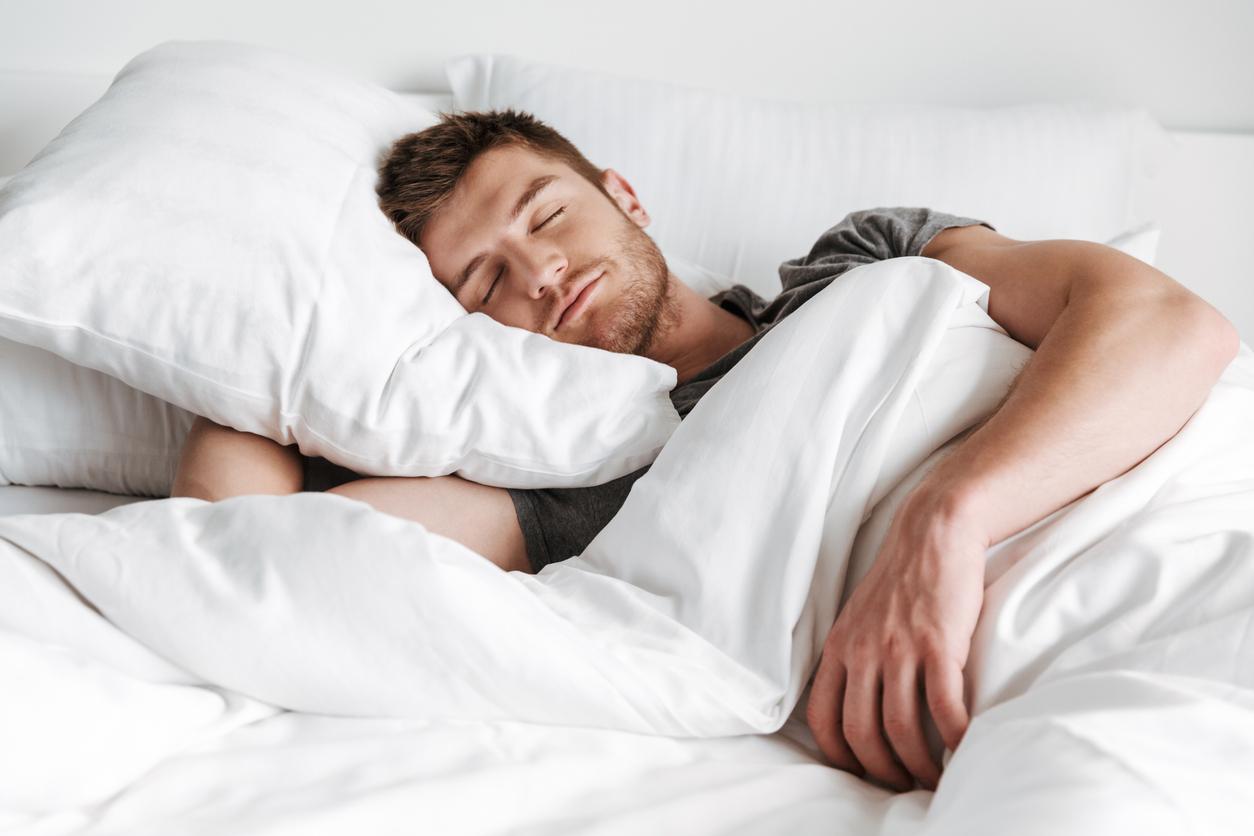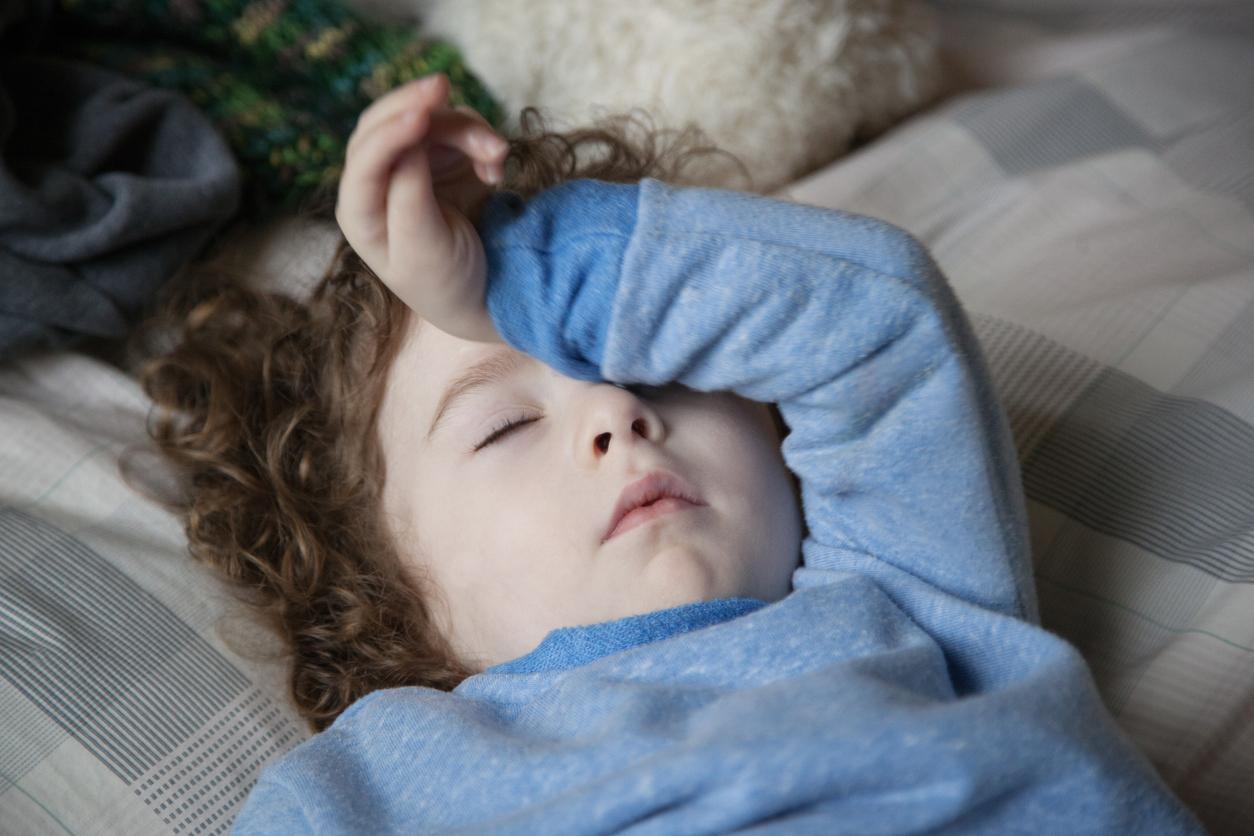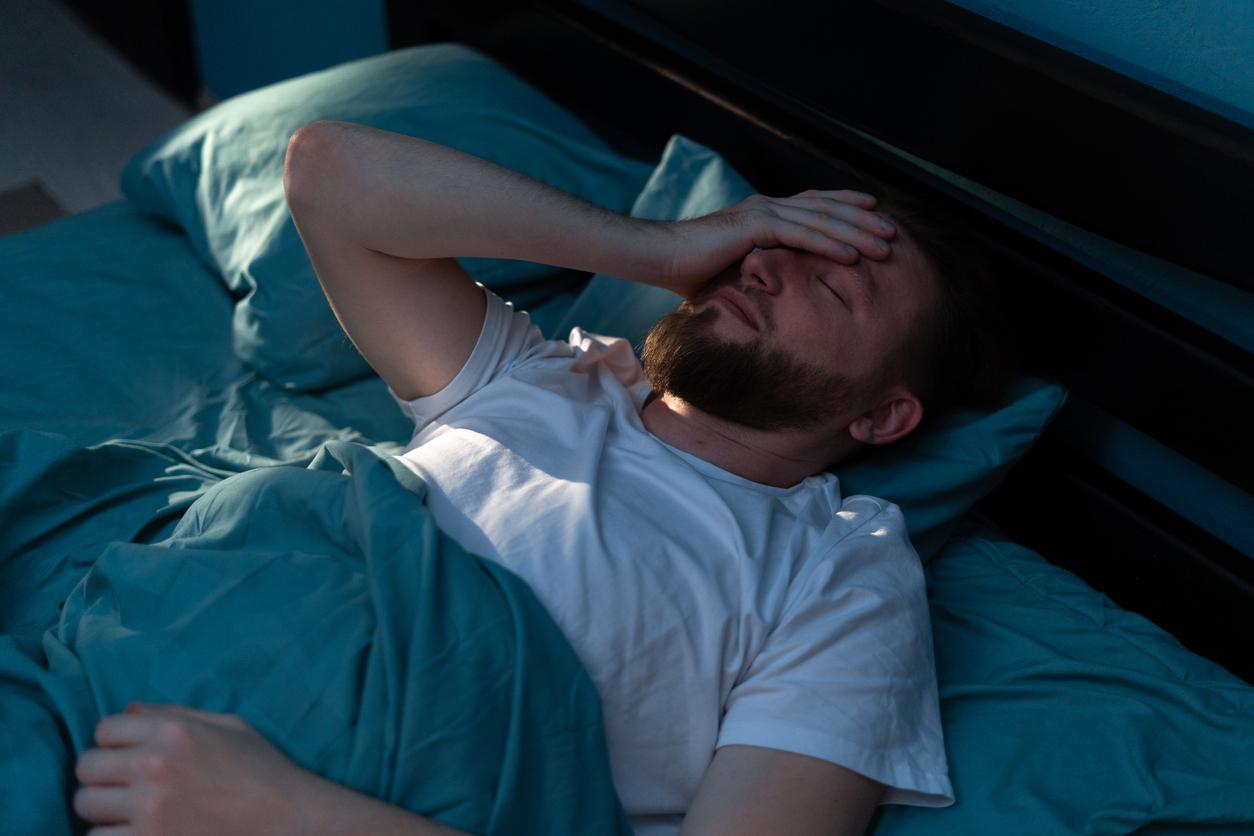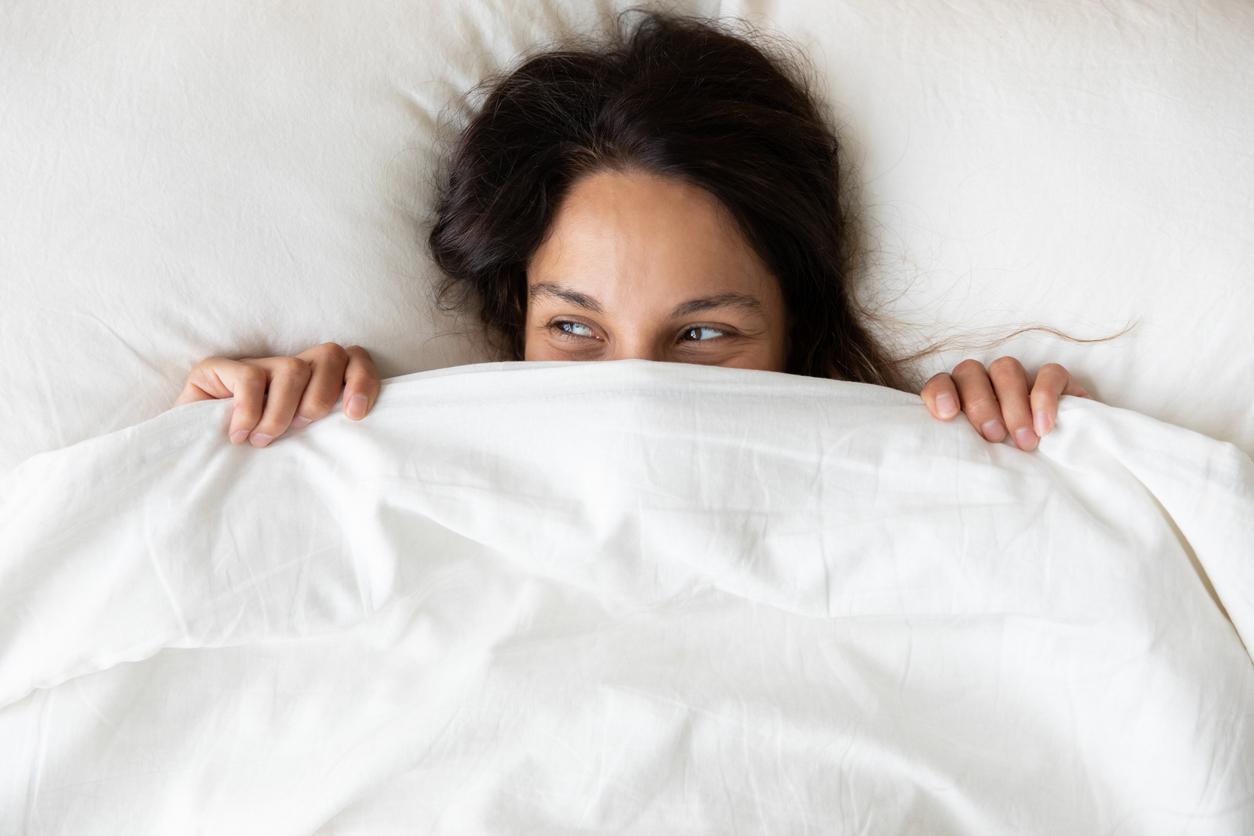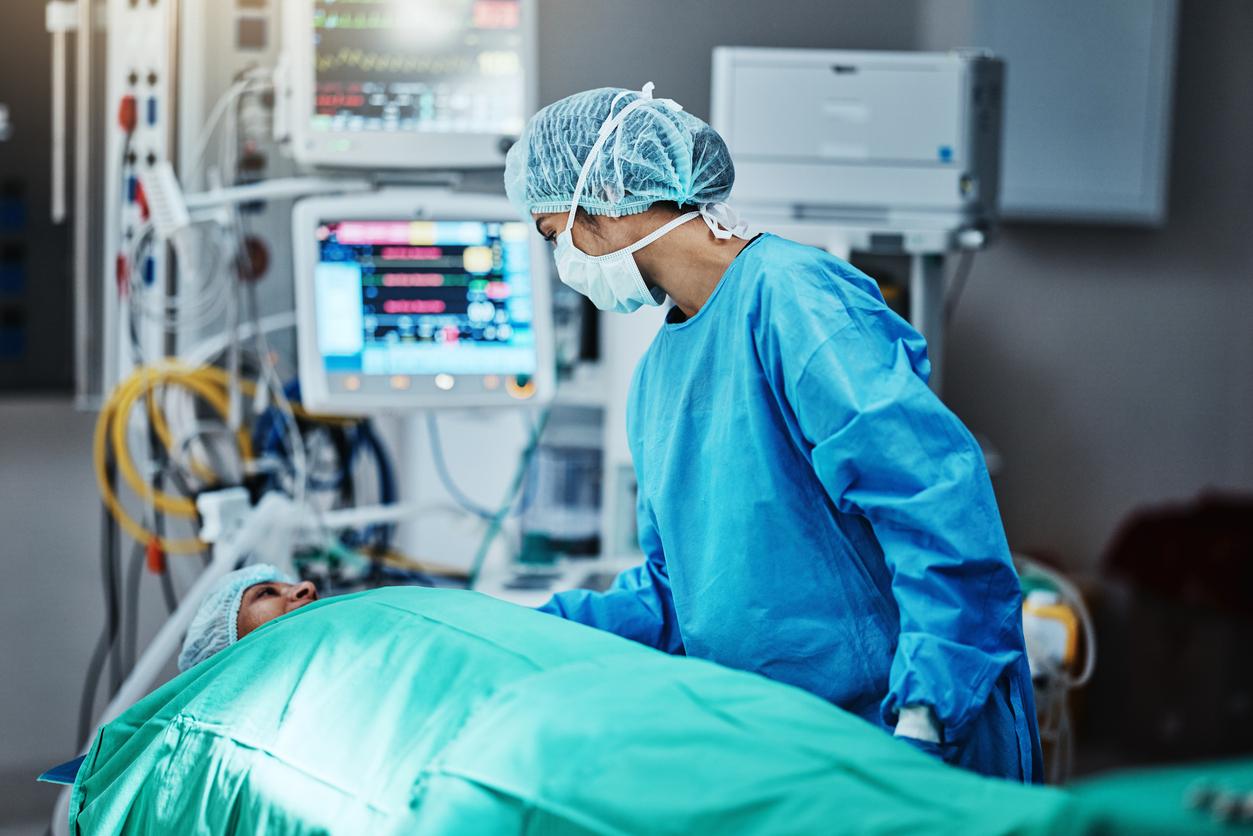The nap yes, but not too long. Beyond 60 minutes, this habit is associated with an increased risk of diabetes. It increases by 45%.
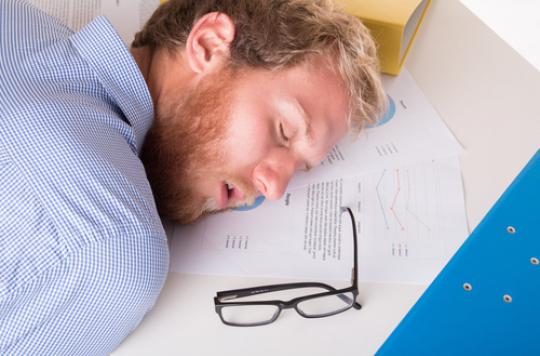
Japan, China, Spain… These nap-loving countries are widely followed. But giving in to Morpheus’ arms to excess can increase the risk of metabolic disease. A meta-analysis Japan, presented at the Congress of the European Association for the Study of Diabetes (EASD) in Munich (Germany) from September 12 to 16, suggests so. Its authors have followed the state of health of 300,000 people of European or Asian descent, through 21 studies.
45% increased risk
The team from the University of Tokyo (Japan) comes from a country where the nap is a way of life. But like any art, it calls for a delicate mastery. In this specific case, it is better not to exceed one hour of sleep during the day. This habit is associated with an increased risk of diabetes (45%). On the other hand, below 40 minutes, no more link appears. This leaves time to wake up feeling refreshed.
These findings support another meta-analysis by these same researchers. Published in 2015 in Diabetologia, she found a similar association between the long nap and type 2 diabetes. The work had gone further. Daytime sleepiness is linked to a more marked increase in the risk of developing this disease. It would therefore be sleep deprivation that would be in question.

10 to 20 minutes
The Tokyo team is still cautious, and recalls that no causal link emerges from its work. Is the nap a risk factor or a warning sign of diabetes? For Naveed Sattar, professor of metabolic medicine at the University of Glasgow (UK), “it is likely that the risk factors that lead to diabetes also cause the need for a nap. Slightly elevated blood sugar levels may be involved, which would mean that a nap would be a warning sign of diabetes, ”he explains to the BBC.
It is not in any case to sound the death knell for the nap, but rather to doze off for shorter periods. The “lightning nap”, which allows you to recover your cerebral faculties, remains the best model, with falling asleep for 10 to 20 minutes. Enough to regain efficiency without affecting the rest of the body.

.









